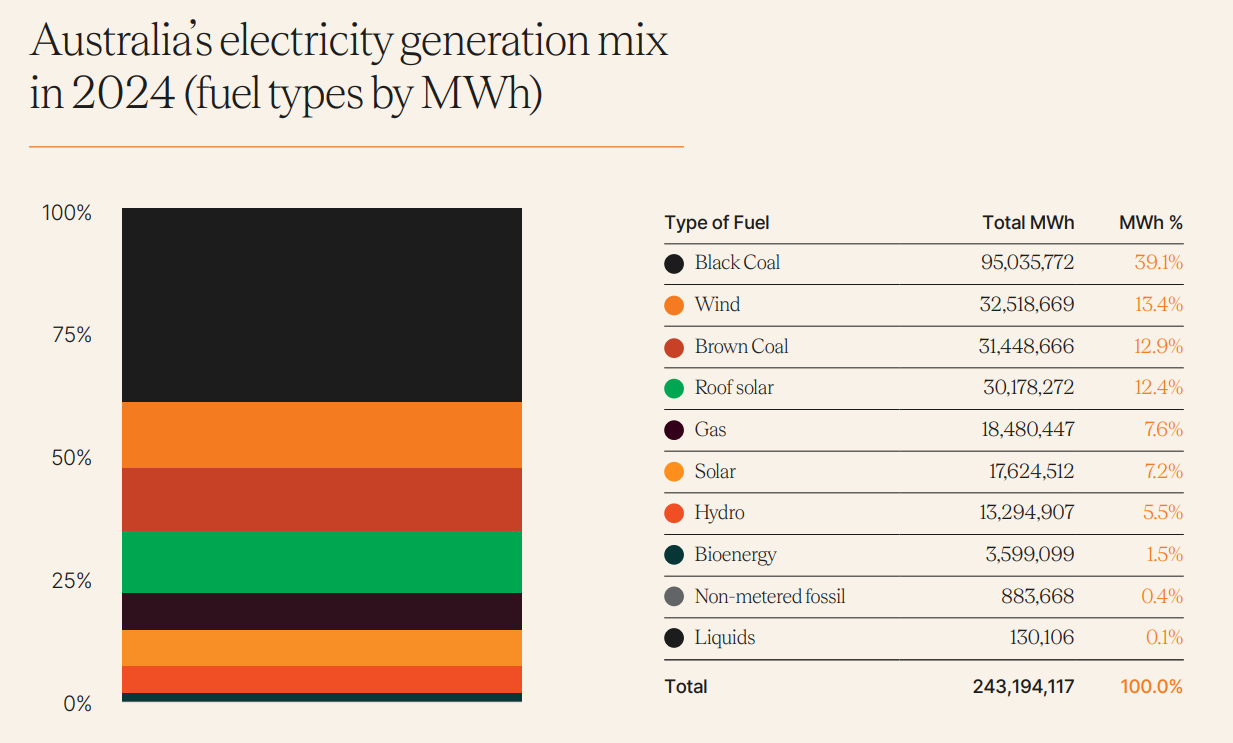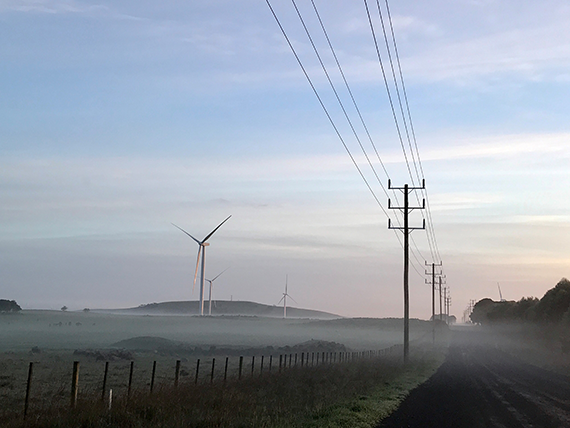The first quarter of 2025 was the second best on record for investment in large-scale Battery Energy Storage Systems (BESS) in Australia, with six projects worth $2.4 billion in total reaching the financial commitment stage – delivering an extra 1.5 GW in storage capacity and 5 GWh in energy output, according to new figures released by the Clean Energy Council today.
The Clean Energy Council’s Quarterly Investment Report: Large-scale renewable generation and storage Q1 2025, shows significant momentum for big battery and storage projects across the country and the level of investment is the most since the final quarter of 2023 which holds the record of $2.8 billion.
Clean Energy Council Chief Policy and Impact Officer, Arron Wood, said it was encouraging to see sustained momentum in investment for large-scale battery and storage projects given they are critical to achieving reliable and affordable energy generation through renewables such as wind and solar.
Energy storage systems, such as big batteries, are a critical part of Australia’s future energy mix and act as a reliable back-up system allowing us to store renewable energy for when it is needed most and keep the lights on under all conditions. It’s great to see the high levels of investment we’ve seen over the past couple of years continue.Arron Wood Clean Energy Council Chief Policy & Impact Officer
“Wind and solar combined with energy storage is the lowest-cost form of electricity generation and by installing more battery storage projects across the country, Australians can get the biggest benefits from renewable energy through cheaper, cleaner, more reliable power - while creating thousands of new jobs,” he said.
The largest BESS project reaching financial commitment for the quarter was in Wooreen, Victoria, with a storage capacity/ energy output of 350 MW/ 1.4 GWh, and duration of four hours, while South Australia had the largest share of financially committed storage projects in capacity (640 MW / 1.8 GWh).
In addition to the six projects that reached financial commitment, a further three battery storage projects commenced construction in the first quarter of 2025, with a total of 840 MW / 2.9 GWh in storage capacity / energy output.
While there were strong results in BESS projects reaching the financial commitment stage in the first quarter of 2025, renewable energy generation projects reaching financial close during the same period got off to a slow start.
Mr Wood said despite a slower start to the first quarter of this year, which is typical for Q1 compared to other quarters, investment in both renewable power generation and big battery storage is expected to gain traction with greater political certainty.
“There is no doubt the 2025 Federal Election caused a degree of investor uncertainty earlier this year, given the stark differences in energy policy between the two major parties,” Mr Wood said.
Subdued levels of investment are fairly typical in the first quarter of the year; however, the clear-cut result of this election has given the Government a mandate to continue leading Australia’s transition to clean energy and that has provided markets with policy certainty and a clear signal about where to invest.Arron Wood Clean Energy Council Chief Policy & Impact Officer
Two renewable energy generation projects totalling 386 MW achieved financial close in the first quarter of 2025 – AMP Energy’s Bungama Solar Farm in South Australia and European Energy’s Lancaster Solar Farm in Victoria worth $410 million in total investment.
Q1 2025 results follow strong year for clean energy investment in 2024
The lower results for the first quarter of 2025 come off the back of a strong year for renewable energy investment in 2024 according to the Clean Energy Council’s 2025 Clean Energy Australia Report, also released today.
The report found investment commitments for renewable energy generation skyrocketed by 500 per cent to $9 billion in 2024, compared with weaker investment in 2023 of $1.5 billion. This made 2024 the single highest year of new financial commitments to large-scale generation since the boom of 2018 ($8.4 billion).
“When combined with utility scale storage investment, 2024 saw the largest wave of clean energy investment in Australia’s history, totalling $12.7 billion. Political certainty drove healthy levels of private sector investment and is critical if we are to meet the Government’s national renewable energy target,” Mr Wood said.
With the election behind us, inflation easing and strong industry participation in the Capacity Investment Scheme, the early signs suggest we can expect to see private sector investment in both renewable power generation and battery storage projects continue to increase as the year progresses. This also means significant financial benefits to all Australian households and businesses - particularly regional and rural Australia.Arron Wood Clean Energy Council Chief Policy & Impact Officer
The 2025 Clean Energy Australia Report also found:
- At the end of 2024 there are 82 renewable electricity generation projects in Australia that have been financially committed or are under construction, representing 12.5 GW of capacity, with 69 committed storage projects in the pipeline, equivalent to 12.5 GW in capacity and 32.1 GWh in energy output.
- Approximately 8.7 GW/23.3 GWh of large-scale batteries were under construction at the end of 2024, significantly up on 2023 (5 GW/12 GWh)
- 5.2 GW of large-scale and small-scale renewable generation capacity was added in 2024, slightly down on 2023 (5.9 GW) with 3.2 GW of capacity added coming from rooftop solar, which was slightly up on 2023 (3.1 GW).
- Australia surpassed four million rooftop solar installations in 2024 with rooftop solar generating 12.4 per cent of Australia’s total electricity, coming in close behind wind at 13.4 per cent.
- 40 per cent of Australia’s electricity was provided by renewables in 2024, with fossil fuels still making up the majority of Australia’s energy mix (60%).
.png)
ENDS
For more information or to arrange an interview, please contact:
Liam Straughan
Clean Energy Council Media Officer
+61 409 470 683





